In December 2022, at COP 15, the UK committed to a new set of international biodiversity goals, along with 187 other nations from across the globe. These goals included the effective conservation and management of at least 30% of the world’s lands, inland waters, coastal areas and oceans by 2030 – the ‘30x30’ target. This has highlighted once more the assumed importance of protected areas for slowing and reversing biodiversity loss. But how effective are these areas for bird conservation?
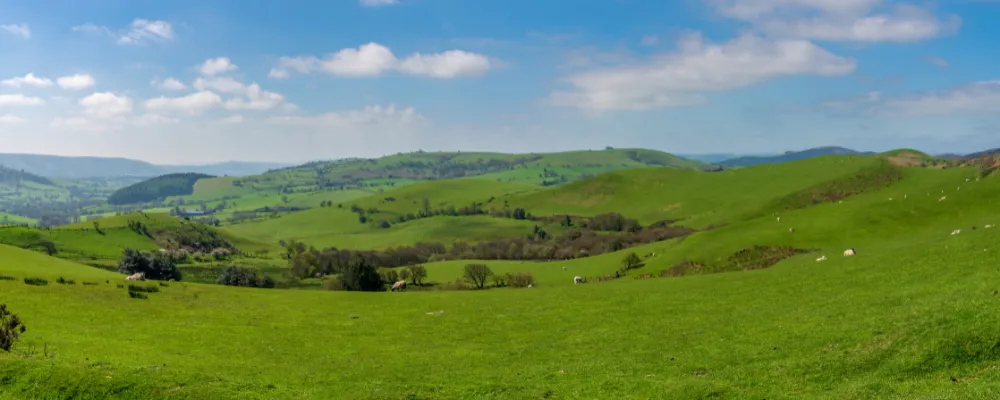
‘Protected area’ is an umbrella term for a site that falls under particular regional, national or international protection. Some of these sites have been established specifically to protect the wildlife found there, like Natura 2000 sites and nature reserves run by conservation NGOs. Many protect geology, landscapes, farming practices or historical landmarks instead, such as Areas of Outstanding Natural Beauty and National Parks. With finite resources available for biodiversity conservation, it’s vital that we know whether investment in protected areas is worthwhile.
With finite resources available for biodiversity conservation, it’s vital that we know whether investment in protected areas is worthwhile.
BTO is uniquely placed to investigate the impact of protected areas on birds. Our vast dataset, which incorporates information from our volunteer surveys such as the BTO/JNCC/RSPB Breeding Bird Survey, the BTO/RSPB/JNCC Wetland Bird Survey and the Bird Ringing Scheme, covers a wide range of geographic areas in the UK, allowing us to compare bird population trends in protected areas with trends in the wider countryside.
These comparisons allow us to explore several questions. Are bird populations benefitting from protected areas? If so, by how much? And, perhaps most importantly, are protected areas enough to save species threatened with further decline and extinction in the UK?
Do bird populations fare better inside protected areas?
Several recent studies have revealed that protected area designation is linked to greater abundance and more positive population trends for UK birds, particularly those of higher conservation concern.
A BTO study led by Research Ecologist Dr Ailidh Barnes analysed data from two Bird Atlas projects and the Constant Effort Sites Scheme (part of the Bird Ringing Scheme), as well as the Breeding Bird Survey, and provides important new evidence that protected areas benefit birds: bird species occur more often and in higher numbers in protected areas, and are more likely to colonise and remain at sites with a greater extent of protected area coverage. These benefits were particularly beneficial to rare and declining species.
Uniquely, the use of ringing data enabled the BTO team to demonstrate that some species with higher abundance and positive abundance trends over time with a greater extent of protected areas also supported increased productivity and trends in productivity over time, respectively - (the number of young birds fledged per adult).
Protected areas support increased productivity, which is associated with positive trends in abundance.
Because the greatest benefit to birds was associated with SPAs designated specifically for birds, rather than SACs designated for habitats/biodiversity, this suggests that the most effective protected areas are those specifically designated and managed for the species of interest.
Follow-up work led by Research Ecologist Dr Caroline Brighton underlined the importance of conservation management in protected area effectiveness. This study found that protected areas in favourable condition were associated with greater bird abundance and increased population trends compared to protected areas in unfavourable condition.
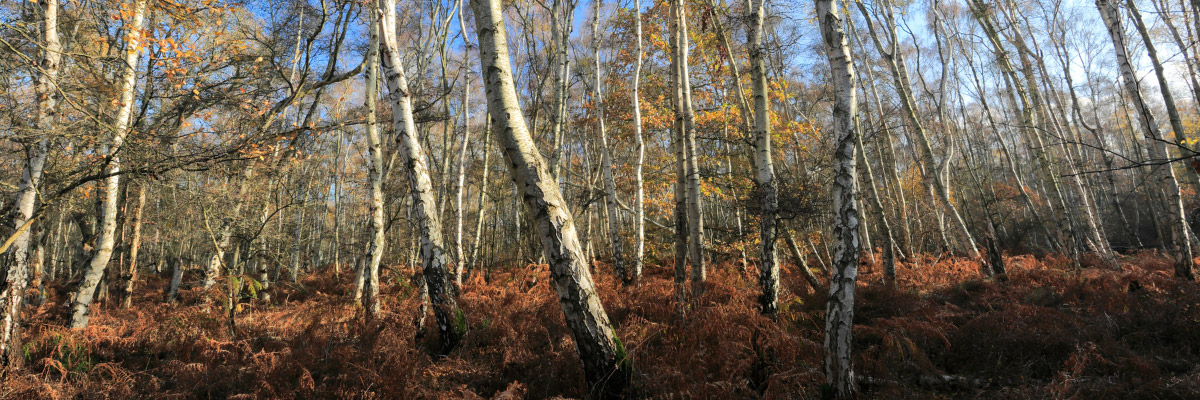
A second study led by the RSPB and including BTO’s Senior Research Ecologist Dr Samantha Franks explored how Breeding Bird Survey data changed over time in protected areas. These included Natura 2000 sites – Special Protection Areas (SPAs) and Special Areas of Conservation (SACs) – and Sites of Special Scientific Interest (SSSIs), which receive less legal protection for wildlife than SPAs and SACs. Because the Natura 2000 sites fall under a European Union directive, the study only examined data up to 2015, immediately prior to the UK’s departure from the EU.
The study also found positive correlations between Natura 2000 sites and the abundance of specialist bird species, and the abundance of bird species of higher conservation concern (those which were Red or Amber-listed in the most recent assessment of their conservation status prior to the study). SPAs and SACs were associated with greater benefits than SSSIs. This highlights the importance of protected areas, especially those with targeted protection, for maintaining biodiversity on a local and landscape scale.
Targeted protection and management give the biggest boost
It’s particularly important that we understand the conditions which provide the biggest benefit to species which are declining or rare in the UK.
Waders are among the species that have declined the most over the last 30 years, and are often the target of specific conservation management on protected sites. For example, the Royal Society for the Protection of Birds (RSPB) has restored and managed lowland wet grassland nature reserves to benefit these species.
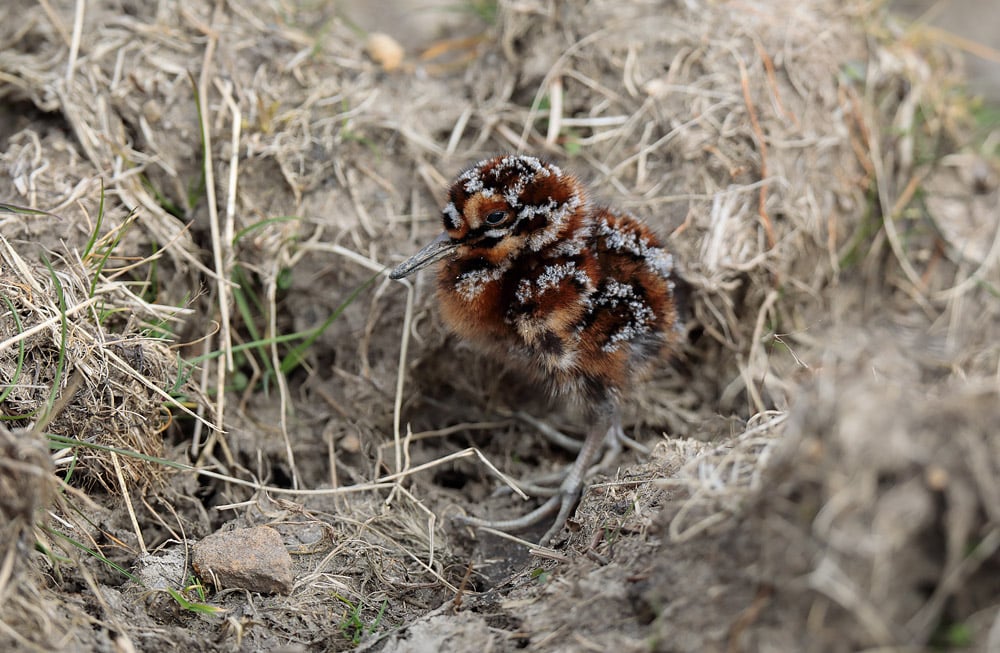
The importance of this targeted management was highlighted by an RSPB-led study involving BTO’s Data Scientist Dr Dario Massimino, which investigated the impact of RSPB wet grassland reserves on wader population trends. It used Breeding Bird Survey data from unprotected sites to calculate a ‘counterfactual’ - a benchmark for what we would expect to have happened in the absence of conservation intervention.
For four key wader species (Lapwing, Redshank, Curlew and Snipe), population trends on reserves from 1994–2018 were consistently better than those off reserves. This indicates that the management of the RSPB reserves has had a significant positive impact on the target species.
Similarly, a second study led by Dr Samantha Franks found that policy and conservation management actions across Europe were most effective for waders breeding on wet grassland when targeted to them, particularly site protection and higher-tier agri-environment schemes. Both these measures were associated with greater abundance, productivity and more positive population trends of most species. However, the study concludes with a chilling warning: despite this positive news, wader populations at a national scale are still declining.
Despite the positive impact of policy and conservation management actions…wader populations at a national scale are still declining.
Why is this, when protected areas look to be effective? It is probably because the combined magnitude and geographical scale of protected areas are not enough to compensate for overall declines across the wider countryside. If this is the case, to halt or reverse declines we need a combination of effective additional measures across the countryside, such as agri-environment schemes, as well as to build on our current protected area network, which is why the ‘30x30’ target has received such interest.
Protected area networks are key: the case of the Burry Inlet Oystercatchers
It’s important to consider the ‘bigger picture’, and focus on more than just individual protected areas when examining the impacts they have on birds. BTO research has also revealed that a network of protected areas can give benefits above and beyond that of a single protected site.
A network of protected areas can give benefits above and beyond that of a single protected site.
BTO Cymru’s Research Ecologist Dr Katharine Bowgen led a study investigating the value of a protected area network for wintering Oystercatchers (which are Amber-listed in the UK) during a period of fluctuating cockle availability. Cockles are an important prey species for Oystercatchers and other wader species.
Burry Inlet in south Wales is an SPA designated for the many wading birds that occur there, and is also a site for commercial cockle harvesting. The inlet lies adjacent to the Three Rivers Estuary, which falls under the Carmarthen Bay SAC and, unlike the SPA, is subject to a cap on cockle harvesting because of the area’s protected status.
In 2004, there was a significant crash in the number of cockles in Burry Inlet, affecting both the cockle harvesting and the waders which rely on this shellfish for food during winter. Ringing data for this period show that Oystercatchers experienced increased mortality and decreased body condition, likely due to the reduction in their major food source.
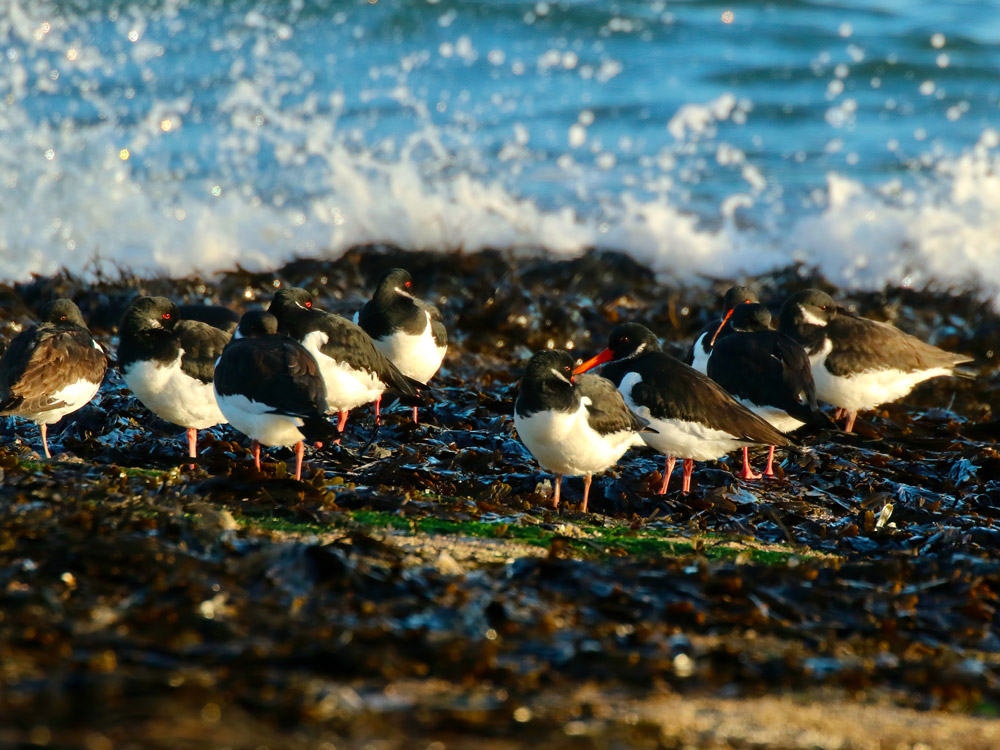
By analysing data from the Wetland Bird Survey, the study showed that Oystercatcher numbers decreased in Burry Inlet during the crash, as might be expected. However, there was a corresponding increase in Oystercatchers recorded in the neighbouring Three Rivers Estuary area, suggesting that Oystercatchers which would usually feed in the Burry Inlet over winter were moving to a nearby area with a more abundant food supply.
The study concluded that networks of protected areas can buffer fluctuations in environmental conditions, such as prey or shelter availability. This means that multiple protected habitats for the same bird population are important to give the maximum benefit to birds.
Looking to the future: protected areas and climate change
The impacts of climate change on birds are apparent, from the timing of biological events to species’ survival ability, distributions and population sizes.
In theory, we know that targeted conservation could help reduce the impact of climate change on birds. For example, it could reduce their exposure to conditions caused by climate change, or even increase their capacity to adapt to climatic changes.
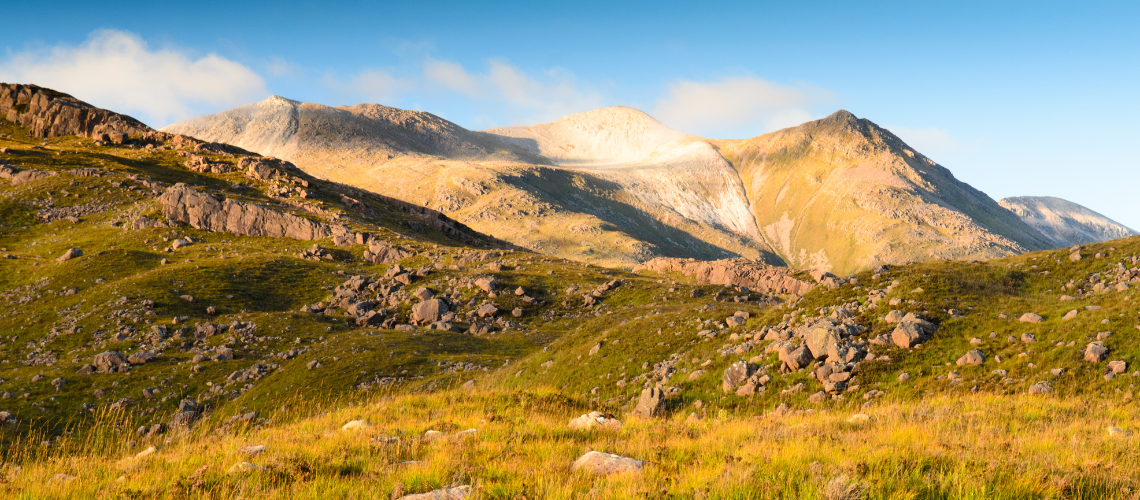
But many protected areas were not established with climate change adaptation in mind. So is there any evidence that they play an important role in this field of conservation?
In 2022, BTO’s Dr Katharine Bowgen and Dr James Pearce Higgins led the first quantitative global assessment of biodiversity conservation interventions for climate change adaptation.
This study provides important new evidence that there is a lot that conservationists can do to help species respond to climate change. Whilst the greatest likelihood of success was associated with species-specific interventions, the establishment of protected areas, habitat management and restoration, also appeared beneficial in some circumstances.
Protected areas established without consideration of climate change still benefit species in terms of climate change adaptation.
The benefit of protected areas for individual species was lower compared to targeted species-specific interventions to address particular climate change impacts such as supplementary feeding, but this is likely due to a specificity/success trade-off: specific interventions are highly likely to confer benefit to the target species, whereas broader interventions such as site protection have the potential to benefit more species, but with a reduced likelihood of success for each individual species.
Encouragingly, the assessment revealed that protected areas established without consideration of climate change still benefit species in terms of climate change adaptation. This is particularly true for species which are moving or expanding their range in response to climate change, which are able to colonise sites in protected area networks such as Natura 2000.
Protected areas and policy: what next?
The research outlined in this case study makes it clear that protected areas confer vital benefits to all species, but particularly those which are of higher conservation concern. These benefits are likely to become even more important in a changing climate. However, many of these species are still declining, or are only present in very small numbers. In order for us to halt and reverse their decline, the UK’s birds need continued or increased protection.
Prior to Brexit, protected areas in the UK fell under a mix of domestic and European Union legislation. Since the UK left the EU, however, all sites fall under domestic legislation. This gives the UK an opportunity to review the policies and protections focused on these sites, and to decide how best to proceed in order to meet the biodiversity goals agreed upon at COP15 in 2022.
With extensive datasets and robust science, BTO is ideally placed to inform the prioritisation of new sites for protected area designation as part of the efforts to achieve the ‘30x30’ target. We are also working to understand how improving the condition of protected areas can boost bird populations in the UK.
By providing policy-makers with evidence about the UK’s birds, their conservation needs, and the role of protected areas in ensuring their populations thrive, we can have the highest impact for birds and for the natural world.
James Pearce-Higgins
Director, Science

Samantha Franks
Senior Research Ecologist

Dario Massimino
Senior Data Scientist

Ailidh Barnes
Research Ecologist

Katharine Bowgen
Senior Research Ecologist
Related publications
Conservation interventions can benefit species impacted by climate change.
Bowgen, K.M., Kettel, E.F., Butchart, S.H.M., Carr, J.A., Foden, W.B., Magin, G., Morecroft, M.D., Smith, R.K., Stein, B.A., Sutherland, W.G., Thaxter, C.B. & Pearce-Higgins, J.W. (2022)
Benefits of protected area networks for breeding bird populations and communities.
Sanderson, F.J., Wilson, J.D., Franks, S.E. & Buchanan, G.M. (2022)
Barnes, A.E., Davies, J.G., Martay, B., Boersch-Supan, P. H., Harris, S.J., Noble, D.G., Pearce-Higgins, J.W. & Robinson, R.A. (2022)
Jellesmark, S., Ausden, M., Blackburn, T.M., Gregory, R.D., Hoffmann, M., Massimino, D., McRae, L. & Visconti, P. (2021)
Evaluating the effectiveness of conservation measures for European grassland‐breeding waders. Franks S.E.,
Roodbergen M., Teunissen W., Carrington Cotton, A., Pearce‐Higgins, J.W. (2018)
Rowgen, K.M., Wright, L.J., Calbrade, N.A., Coker, D., Dodd, S.G., Hainsworth, I., Howells, R.J., Hughes, D.S., Jenks, P., Murphy, M.D., Sanderson, W.G., Taylor, R.C. & Burton, N.H.K. (2022)
The benefits of protected areas for bird population trends may depend on their condition.
Brighton, C.H., Massimino, D., Boersch-Supan, P., Barnes, A.E., Martay, B., Bowler, D.E., Hoskins, H.M.J. & Pearce-Higgins, J.W. (2024)